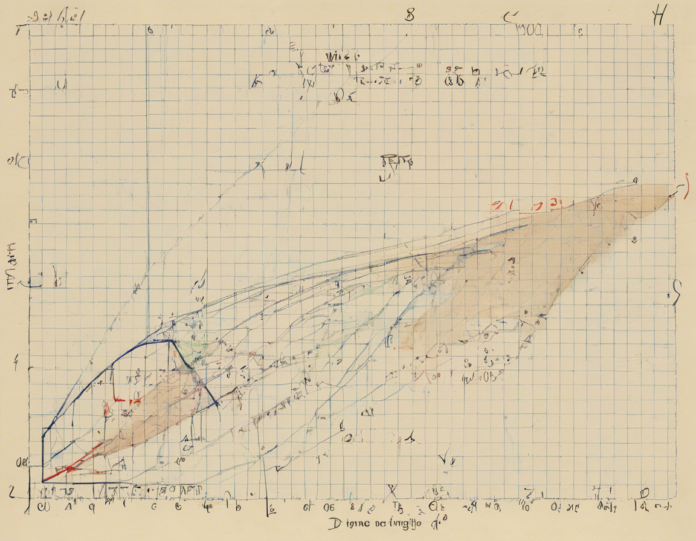So, you’ve encountered finding the derivative of a constant in your calculus studies, and while it might seem like a simple concept, it’s essential to understand the process thoroughly. In calculus, derivatives are a fundamental concept that describes how a function changes at any given point. A constant function is a function that has a constant output regardless of the input, meaning it has a fixed value.
In this comprehensive guide, we will walk you through the steps of finding the derivative of a constant function. We will cover the basic principles behind derivatives, explain how to differentiate a constant function, and provide examples to solidify your understanding. Whether you are new to calculus or looking to refresh your knowledge, this guide will help you grasp the concept with ease.
Understanding Derivatives:
Before delving into finding the derivative of a constant, let’s briefly recap what derivatives are and why they are significant. In calculus, the derivative of a function at a specific point gives the instantaneous rate of change of the function at that point. Geometrically, the derivative represents the slope of the tangent line to the curve at a given point.
The derivative of a function f(x) is denoted by f'(x) or dy/dx, where y represents the dependent variable and x the independent variable. When we find the derivative of a function, we are essentially determining how that function changes as the input variable (usually denoted as x) changes.
Differentiating a Constant Function:
Now, let’s focus on finding the derivative of a constant function. A constant function is a function that has the same output value regardless of the input value. For example, f(x) = 3 or g(x) = -5 are constant functions where the output is always 3 or -5, respectively.
The derivative of a constant function is always zero. Why is that? When a function is constant, it does not change with respect to the input variable. Therefore, the rate of change (which the derivative measures) is always zero since there is no change happening.
Steps to Find the Derivative of a Constant Function:
To find the derivative of a constant function, follow these simple steps:
-
Identify the constant: Determine the constant value in the function given.
-
Apply the derivative rule: Since a constant function has a fixed value, the derivative of a constant is always zero.
Example 1:
Find the derivative of the constant function f(x) = 7.
Solution:
Since f(x) = 7 is a constant function, the derivative of f(x) with respect to x is 0. Hence, f'(x) = 0.
Example 2:
Given g(x) = -2, find g'(x).
Solution:
Since g(x) = -2 is a constant function, the derivative of g(x) with respect to x is 0. Therefore, g'(x) = 0.
Why Derivative of a Constant is Zero:
Understanding why the derivative of a constant function is zero is crucial in calculus. When we differentiate a function, we are essentially looking at how the function changes concerning the input variable. In the case of a constant function, there is no change occurring as the input variable varies. Hence, the rate of change, which is what the derivative measures, is zero.
Key Points to Remember:
- Derivative of a constant function is always zero.
- Constant functions have a fixed output value.
- The rate of change in a constant function is zero.
- Derivatives measure the rate of change of a function.
Practice Problems:
To enhance your understanding, here are some practice problems for finding the derivative of constant functions:
- Find the derivative of h(x) = 10.
- Determine the derivative of k(x) = -3.
Frequently Asked Questions (FAQs):
Q1: What is the derivative of a constant function?
A: The derivative of a constant function is always zero.
Q2: Why is the derivative of a constant zero?
A: The derivative of a constant function is zero because a constant function does not change with respect to the input variable.
Q3: How do you find the derivative of a constant function?
A: To find the derivative of a constant function, simply assign zero as the derivative since the function does not change.
Q4: Can the derivative of any function be zero?
A: No, the derivative of a function is zero only when the function is a constant function.
Q5: What does the derivative represent geometrically?
A: Geometrically, the derivative represents the slope of the tangent line to the curve at a specific point.
With this guide, you should now have a solid understanding of how to find the derivative of a constant function and why the result is always zero. Practice solving problems to reinforce your knowledge and reach out if you have any further questions. Calculus can seem daunting, but with practice and dedication, you can master it smoothly.

